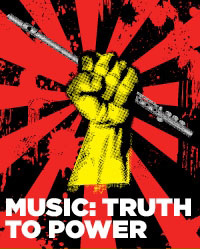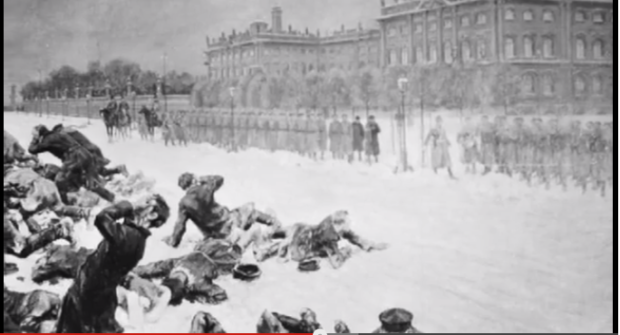“This ship is sinking like a stone and they’re acting like it’s a slight delay in the maiden voyage to New York. No, (not nice people), you hit a (not nice word) iceberg, and you didn’t act in time. It’s been a month since Arthur T was fired and all you did was stay the course and hope that the employees would tire themselves out and return to work. I’ll mention again that one of the current CEOs is Jim Gooch, whose former leadership position was (not nice word x2) RADIO SHACK. Turning this ship around and bailing water isn’t going to get easier with every nightfall.”
It’s been a week since I last wrote about the saga of Market Basket – its long, bitter history of family rivalry, its unbelievable hijinks in the state court system, and how Arthur T Demoulas was unseated.
A lot has happened since I wrote those articles (and a heck of a lot of people read them). And, most surprisingly, a lot hasn’t happened on the Market Basket side of things.
As protests continued last week outside all 71 stores, everything seemed frozen in time. The new reality – no produce, a dwindling amount of fresh food and generic brand foods, and few shoppers – was setting in. Nothing was happening. Everybody went elsewhere for food, no one bothered to even see what was left at the Basket. The only fresh faces seemed to be the ones coming to experience what the fuss was about, the ones asking questions…
View original post 1,110 more words










You must be logged in to post a comment.